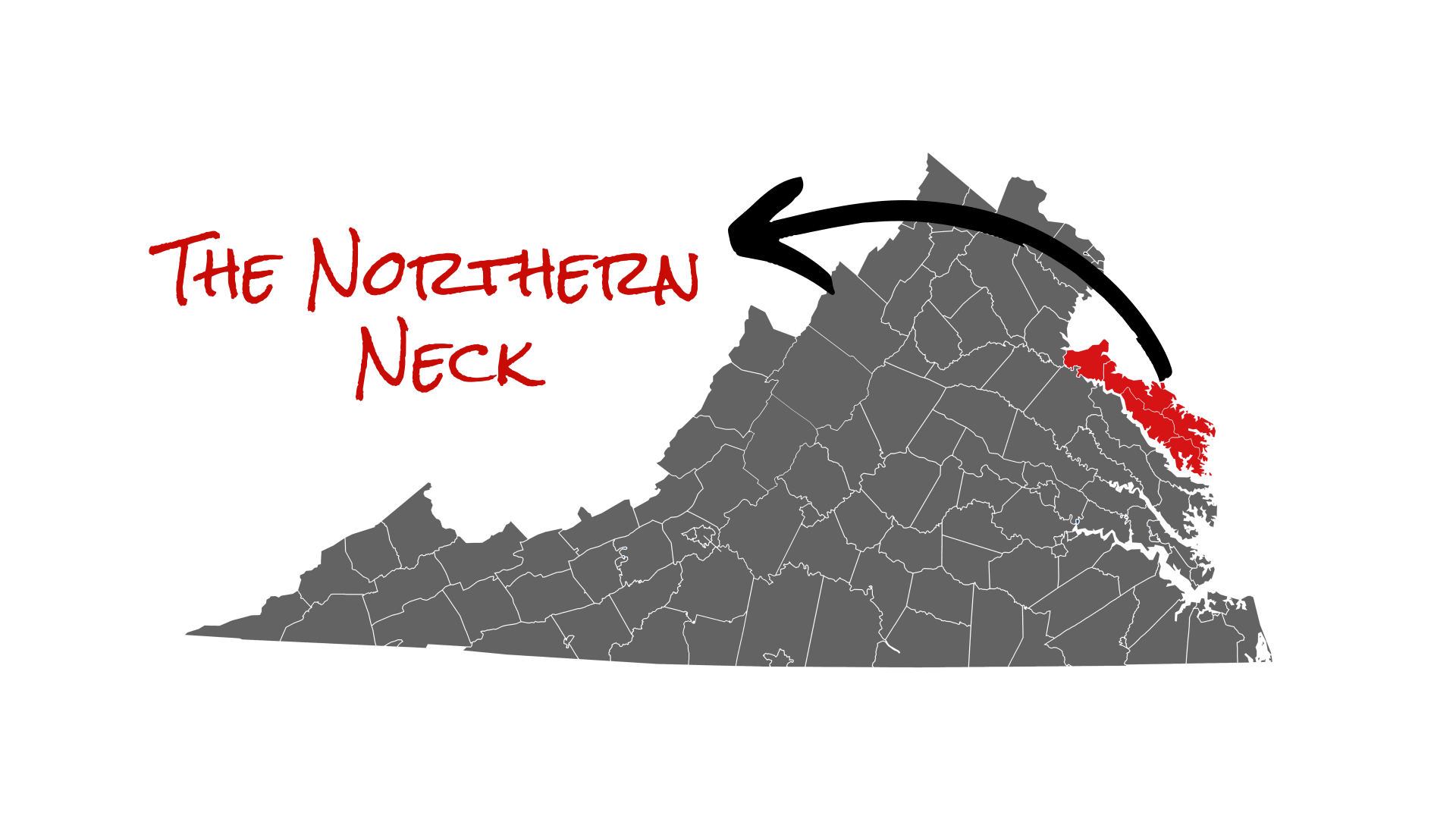Explore
The Northern Neck
SCROLL FOR MORE COUNTIES >
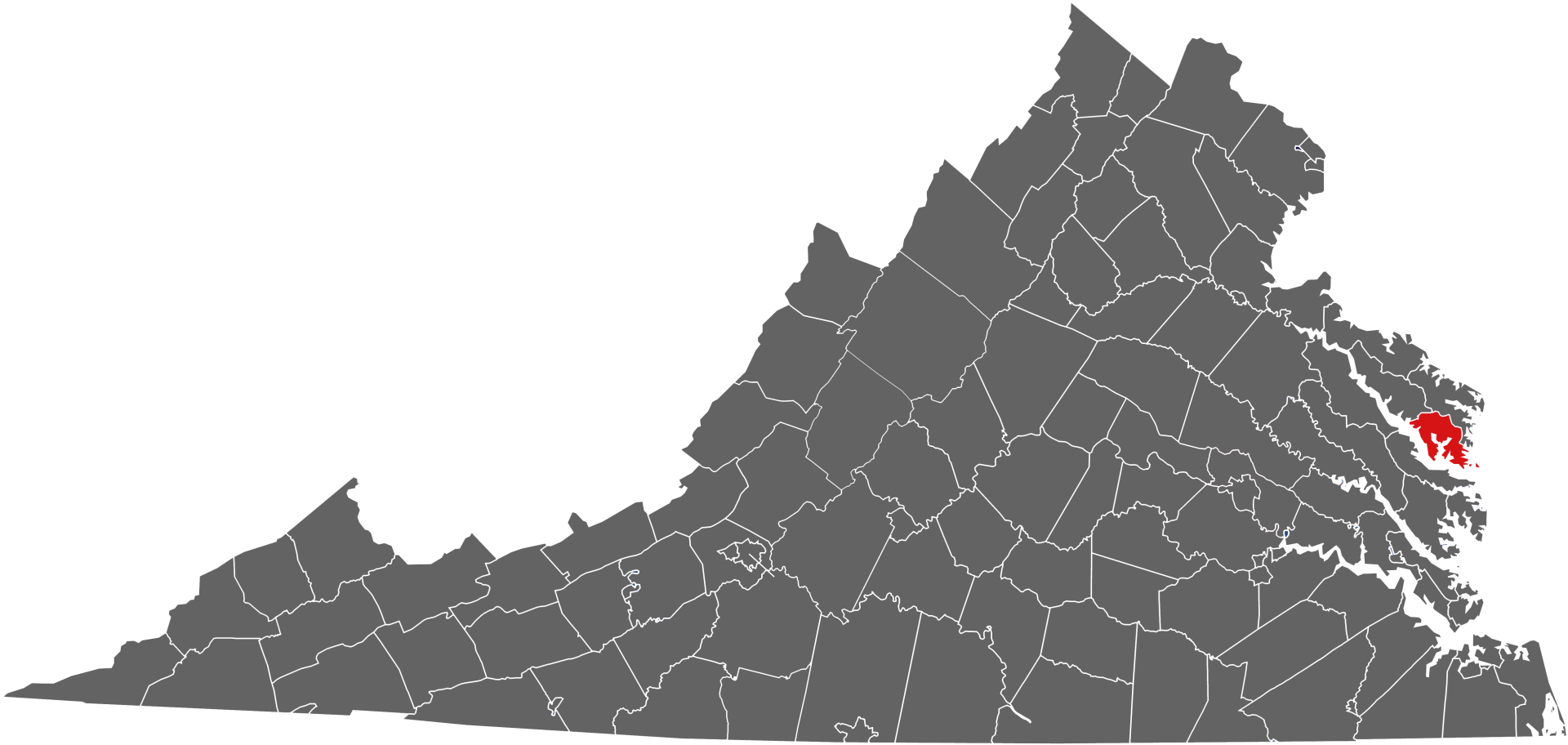
Lancaster County
Historical Lancaster County with over 330 miles of coastal shoreline was chartered by the Virginia General Assembly in 1651 on the same day as Gloucester County making them the 12th and 13th counties established in the Virginia Colony. The present Courthouse houses county records maintained virtually intact since 1652.
Having served as home to Robert King Carter in the 18th century, historic attractions abound. Included are Christ Church (1732), St. Mary’s Whitechapel Church (1669), Mary Ball Washington Museum and Library, and the Village of Morattico Historic District. Lancaster County’s Belle Isle State Park, which showcases 7 miles of Rappahannock River frontage, attracts many kayakers, campers, hikers and bicyclists. Recognized as an American Viticultural Area and part of the Northern Neck George Washington Birthplace wine-growing region, there is always something interesting to sip, to do, or to find in this county.
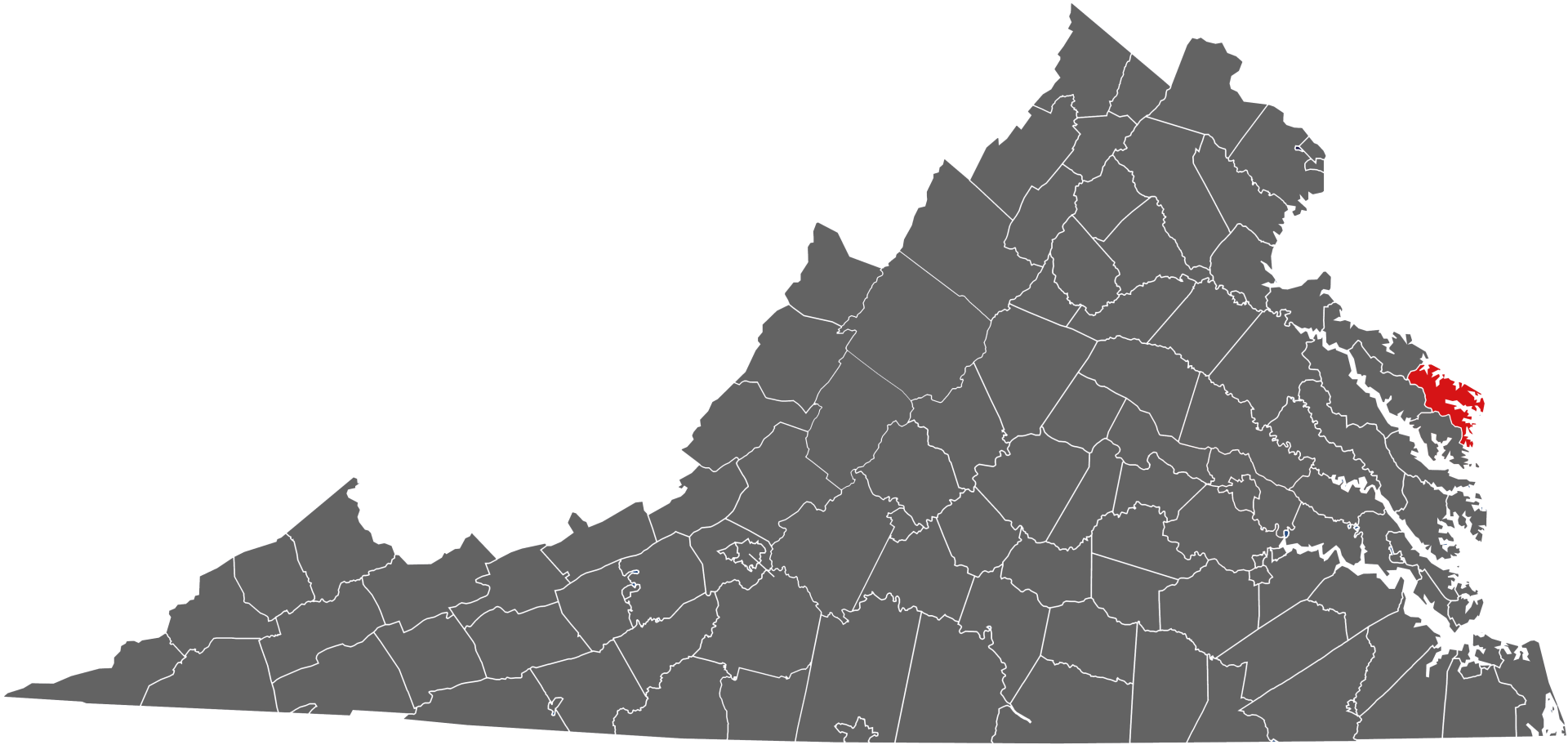
Northumberland County
Northumberland County, Virginia was originally known as Chickacoan, an Indian district on the Northern Neck, lying between the Rappahannock and Potomac Rivers, tributaries of the Chesapeake Bay.
In 1648, this “Mother County of the Northern Neck” was organized and named after County Northumberland, England with the first settler making a permanent home between 1635-1640.
In 1648, Northumberland County, Virginia was officially formed by an act passed by the Burgesses in Jamestown, Virginia. It was later divided into three additional counties: Lancaster, Richmond and Westmoreland. Northumberland County has an area of approximately 222 square miles and a population of 12,400 people.
For hundreds of years, Northumberland remained a county largely isolated from the rest of the state due to the lack of a road network. But in 1926, with the bridge crossing from Essex County to the Northern Neck, with access to the west, growth began in the area.
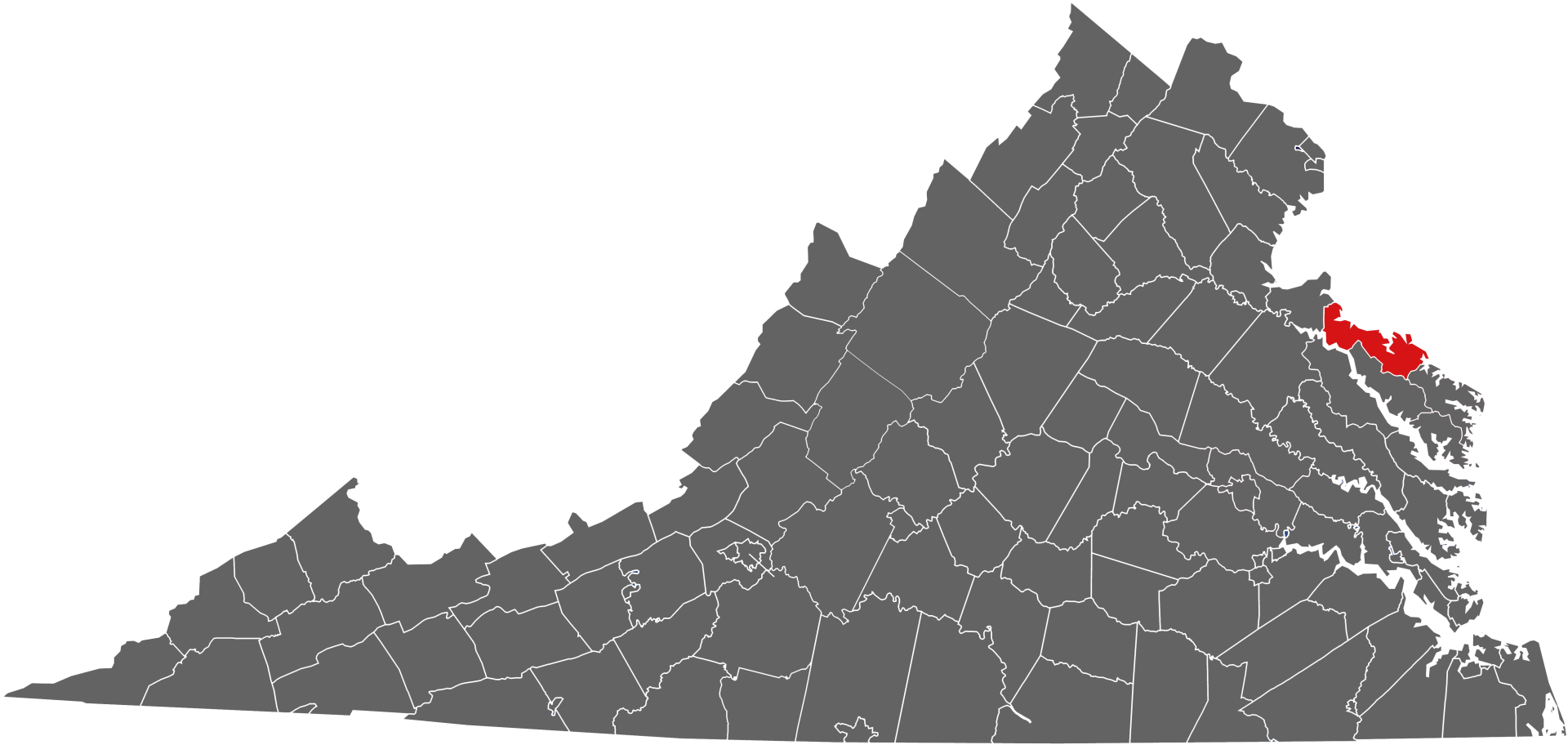
Westmoreland County
Surrounded by water and steeped in history, Westmoreland County is the perfect destination for people who love the lessons of the past and the great outdoors. Visit the places where George Washington, James Monroe and Robert E. Lee were born. . . and where 115 patriots gathered to sign a document, the Leedstown Resolves, which laid the groundwork for revolution.
Enjoy the pristine beauty of the county's 5,450 acres of natural area and 250 miles of shoreline. Relish fine wines made at local wineries, and fruits and vegetables grown in local gardens. Then rest up for another great day at an historic B&B, a waterfront inn, a modern motel, a vacation cottage or a waterfront campground.
Strategically located between Washington, DC, and the Chesapeake Bay, Westmoreland County is an ideal place for businesses, visitors and residents who want to enjoy big-city access in a friendly, small-town setting.
It's rich in history. George Washington, James Madison and James Monroe had roots here. And lying between the Potomac and Rappahannock Rivers, Westmoreland offers abundant recreational opportunities along 250 miles of shoreline.
(credit: Westmoreland County https://www.westmoreland-county.org/services/visit-westmoreland )
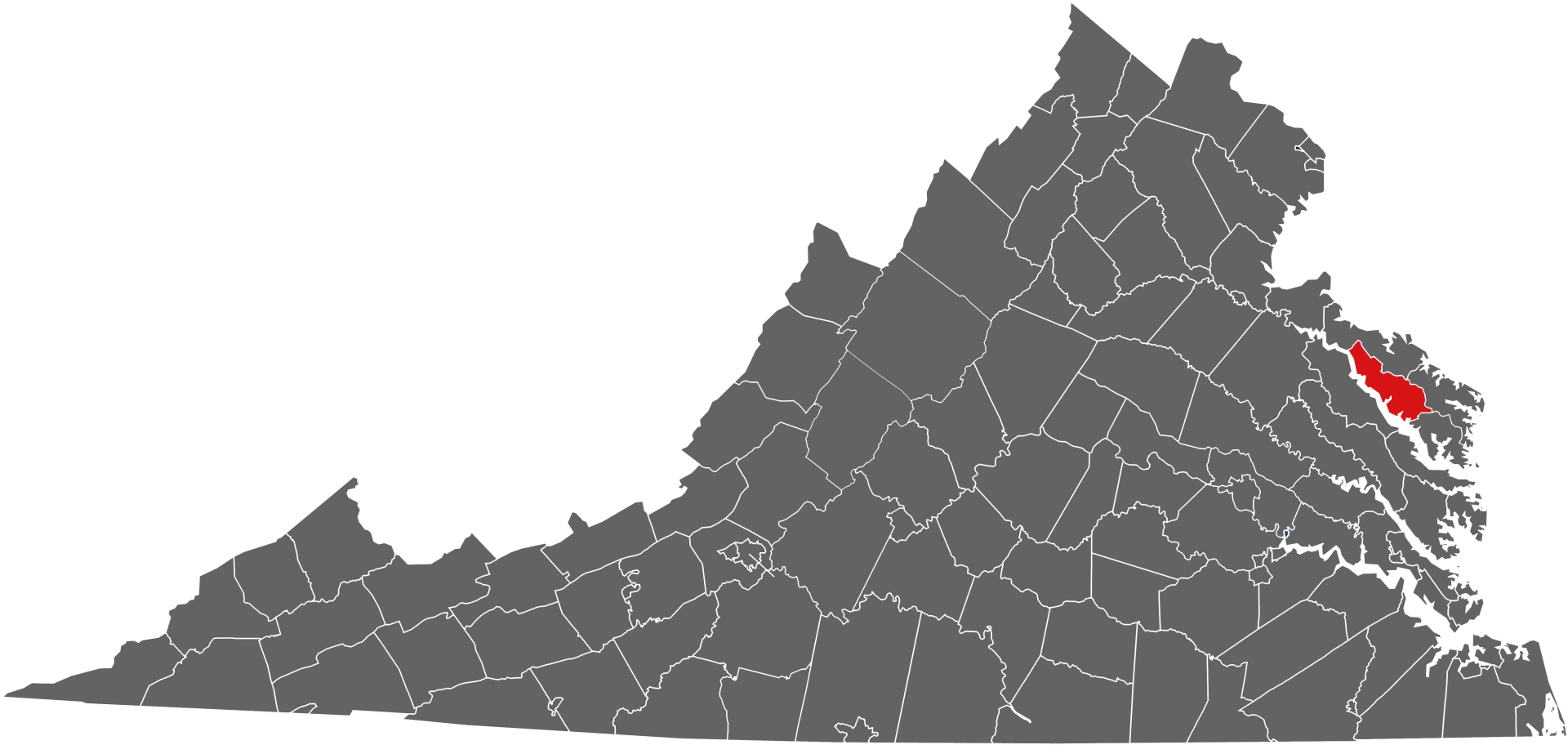
Richmond County
The rural county should not be confused with the large city and state capital Richmond, Virginia. It was formed in 1692 when the first Rappahannock County was divided to form Richmond County and Essex County. It includes 149 miles of Rappahannock River shoreline.
According to Richmond County government website, "It's a place where the morning coffee comes with a view of eagles and osprey and where tonight's seafood special is whatever takes your bait. It's a place where history lives in the bricks and mortar and where traditions are more important than trends. It's a place where rush hour is a hay baler crossing the highway, where passing motorists smile and wave, a place where you're always welcome. It's Richmond County. For the weekend or forever."
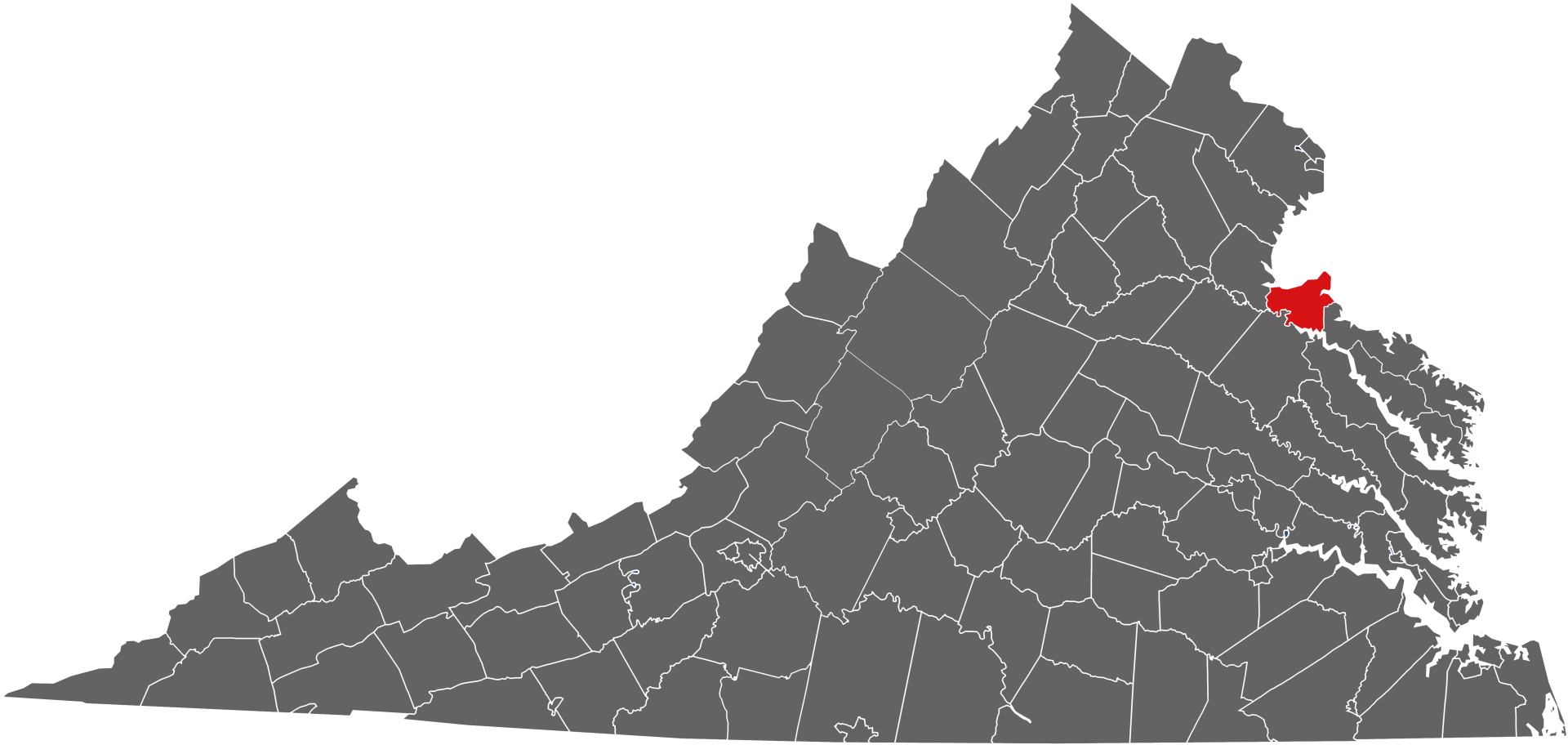
King George County
King George County is bounded on the north by the Potomac River, which lies in Charles County, Maryland. It is bounded on the south by the Rappahannock River, across which lie Caroline and Essex counties; on the east by Westmoreland County and on the west by Stafford County, all in Virginia.
King George County was established in 1720 when land was split from Richmond County, Virginia. The county is named for King George I of Great Britain. It was substantially reorganized in 1776 and 1777, with land swapped with both Stafford and Westmoreland counties to form the modern boundaries.
Why Is It Called The Northern Neck?
The land between the Potomac and Rappahannock rivers is the Northern Neck. The "neck" refers to the shape of the peninsula. The Northern Neck peninsula is "Northern" in reference to Jamestown and the mouth of the Chesapeake Bay.
The Middle Peninsula
WANT TO BUY or SELL A PROPERTY?
Call us at 804.435.2366
CONNEMARA REALTY
Connemara Realty is a full service real estate company offering real estate, construction, and development. We are the number one stop in the region for buying and selling real estate. We’ve been serving the area for more than 28 years, and we do it with pride.
LOCATION
18700 Mary Ball Road
White Stone, VA 22578
All Rights Reserved | Connemara & Company

